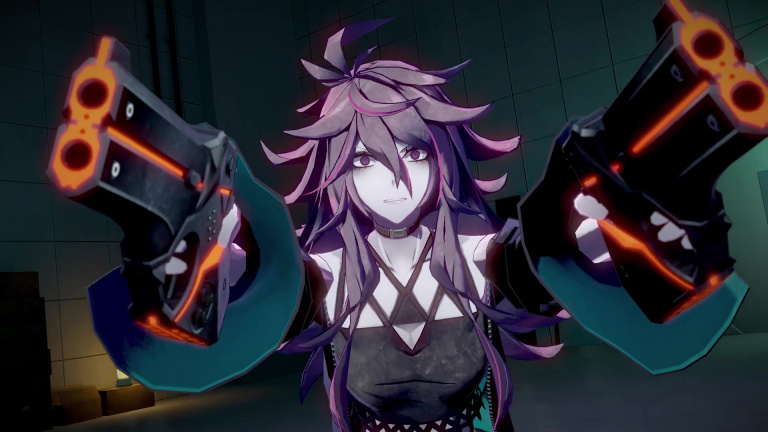Mexico City, August 3, 2022.- Japanese animation is nothing new in the entertainment industry. What is new is the relevance it has gained in recent years, so much so that even large international brands have collaborated with anime. But why is anime so popular now? What has changed? The phenomenon is attributed to different reasons.
First of all, anime is a cultural staple of Japanese society. But for a long time, all production was focused on that audience. It wasn’t until the 1980s and 1990s when the world turned to anime that animation houses pushed for their works to be distributed abroad.
As a result, beginning in the 2000s, anime creators began to create content that would conform to Western preferences. A factor that is currently very marked, since more and more multicultural and international titles are being launched, with which viewers from all latitudes feel more identified.
The streamingan ally
The change in consumption habits of audiovisual content had a direct impact. 25 or 20 years ago, outside of anime that was broadcast on television, finding titles in other media was an adventure. Users had to resort to pirate sites plagued with viruses and download pages of questionable quality. With the rise of streamingthings took a turn.
The incorporation of legal services with official licenses influenced so that more people had access to a more diverse catalog of anime. Only Anime Onegai by ANIMEKAa direct anime platform from Japan to Latin America, launches a new series every week, such as “Aria the Scarlet Ammo” for August 8.

universality
If anything characterizes anime, it is that it offers novel plots and ideas. The attention to detail in characters, settings, music and art is something that does not go unnoticed by the public. But if something has made these Japanese stories cross borders, it is that they challenged the prejudice that animations are only for children.
There are titles for all ages and all possible genres to choose from. Its demographic range is so wide that it offers from educational works to others with deeper and more mature themes. This allows members of a family to share an afternoon of anime that will be entertaining and fun for everyone.
Free of conventions
The narrative of the anime is unique. For example, there are stories where there are no villains or heroes or only one main character. Faced with the crisis of creativity that entertainment industries, such as film, are experiencing, Japanese titles represent an attractive option. Also, audiences became fond of Japanese animations because they are clean of ideologies or political messages.
In conclusion, this is the best time to be an anime fan. Productions of this type have stood the test of time and are only increasing in demand.




This item was originally posted on Anime Onegaiwhom we thank for sharing it with us.








